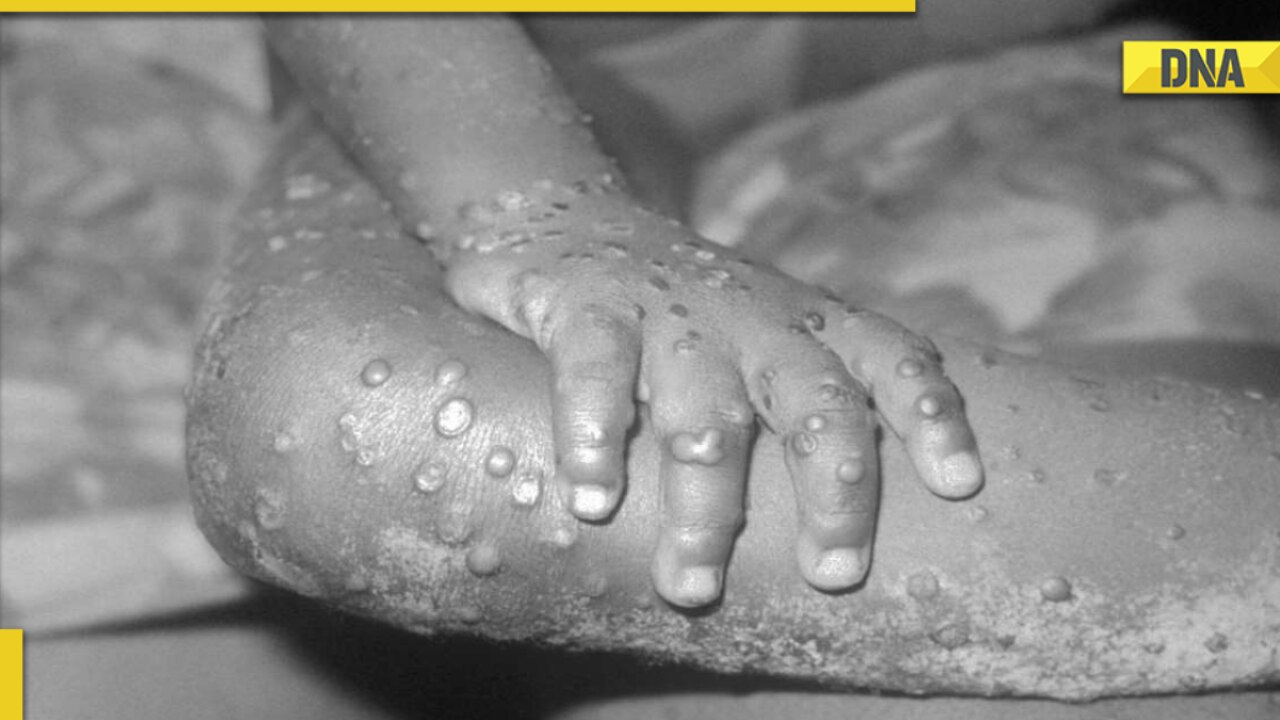
Monkeypox now has a toehold in India. After three cases in Kerala, a monkeypox-positive case has been detected in Delhi. A 34-year-old man with no foreign travel history has tested positive for the virus. The man recently attended a stag party in Himachal Pradesh's Manali. The infected man has been put under isolation at the capital's Lok Nayak Jai Prakash Hospital. All his close contacts have been quarantined.
The Union Health Ministry said in a statement that interventions like identification of the source of infection, enhanced contact tracing, and testing sensitization of private practitioners are being done.
How does the monkeypox virus spread?
The monkeypox virus spreads from animals to humans through direct or indirect contact. Human-to-human transmission can also occur through infectious skin or lesions, face-to-face, skin-to-skin contacts, and respiratory droplets. Globally, 16,000 cases of the monkeypox virus have been found in 75 countries. 5 deaths have been reported across the world.
WHO says monkeypox is an animal-borne virus. Its symptoms include fever, rash, swollen lymph nodes, and other health complications. The symptoms usually last for two to four weeks.
What's the government been doing about the monkeypox virus?
The Union Health Ministry last week reviewed the screening procedure for international travellers arriving in India. The airport and port health officers were advised to ensure that all international arrivals are thoroughly screened for health problems, to minimize the risk of monkeypox spread.
They were advised to coordinate with other stakeholder agencies at international ports and airports to streamline health screening processes besides ensuring suitable linkages with hospital facilities earmarked to each port of entry for timely referral and isolation.
The Centre recently issued the 'Guidelines on Management of Monkeypox Disease' to states and UTs. It said human-to-human transmission takes place through large respiratory droplets which require prolonged proximity with the infected person.
It can also spread through direct contact with bodily fluids or the material leaking out of the lesion. Indirect contact can also lead to transmission. If a person comes in contact with the dirty linen and clothes of the infected person, he/she can get monkeypox positive as well.
Animal-to-human contact may also lead to infection. A bite or scratch from infected animals like small mammals, including rodents like rats or squirrels, and primates like monkeys and apes can trigger infections.
The guidelines said these scenarios should be best avoided.
The guidelines said the incubation period ranges from 6 to 21 days. The case fatality rate ranges from 0 to 11 percent. Children are most vulnerable.
The guidelines said contacts of the infected people must be monitored for symptoms after 21 days.
WHO on Friday said monkeypox is mainly spreading during man-with-man sex with multiple partners. Hence, safe sex should be practised.
With inputs from PTI